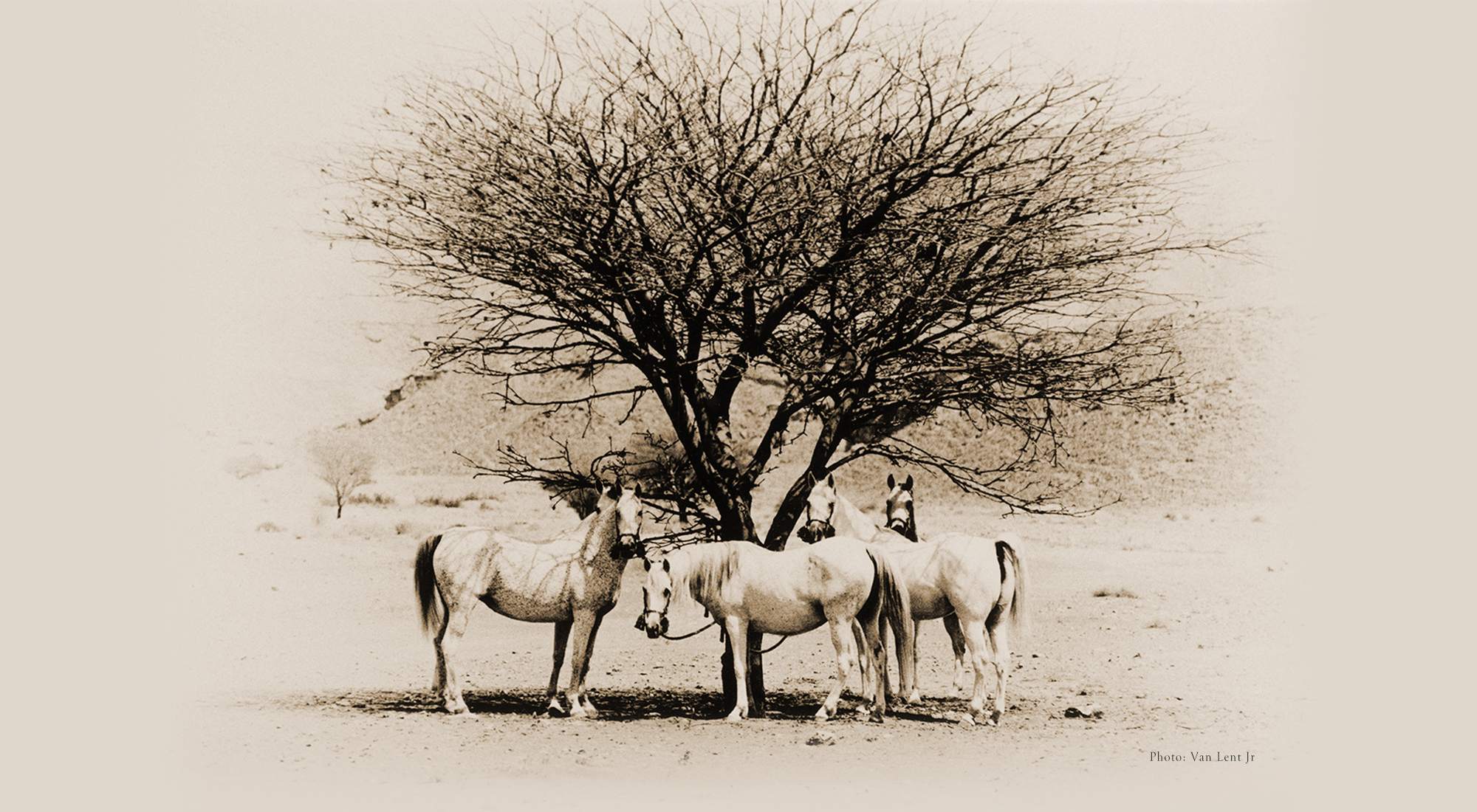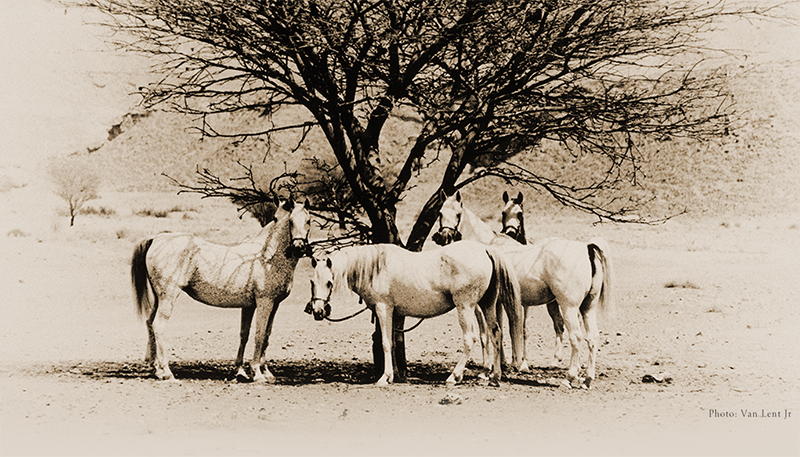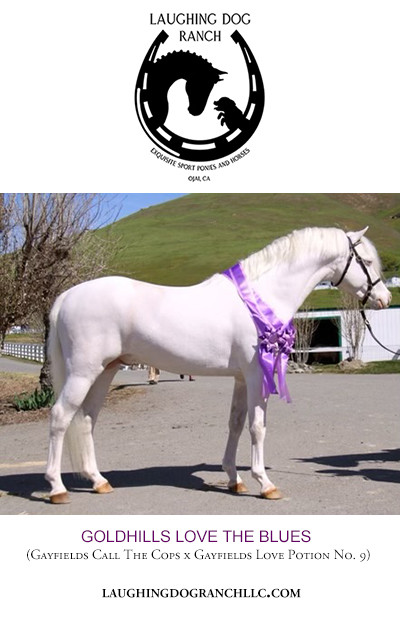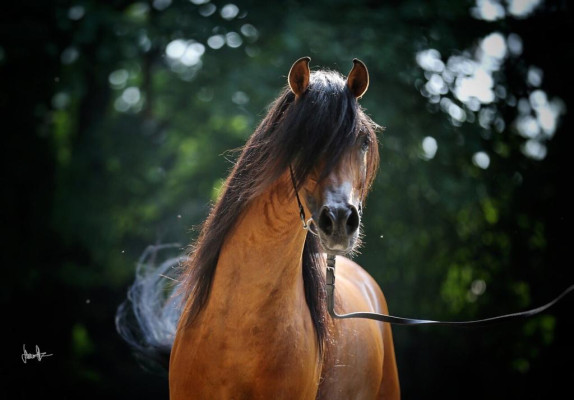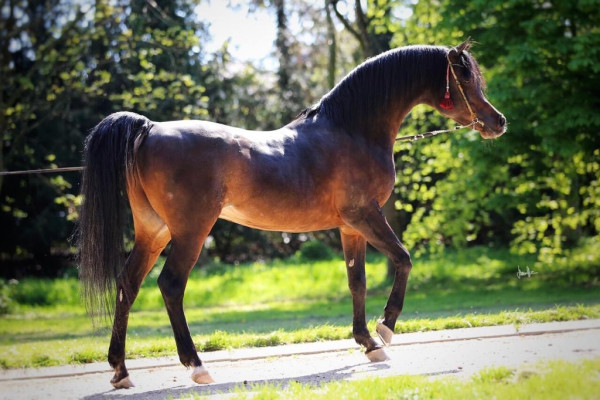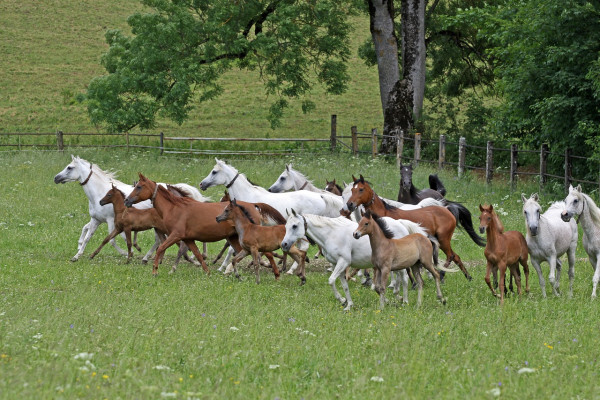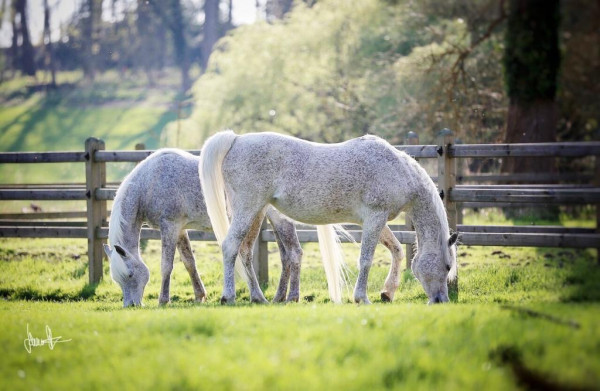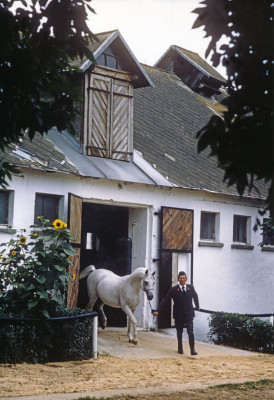The Mystery of General Patton’s White Stallion
by Betty Finke
The fate of Trakehnen's Arabian chief sire Fetysz (Bakszysz x 28 Siglavy Bagdady) has long been a matter of conjecture. Documents survive showing that in September 1944, Fetysz was evacuated to the Graditz Stud in Saxonia, and that’s where the trail ends. He was not seen or heard of again; or so it seemed. It was generally assumed he had been killed, according to one version shot while crossing a bridge.
In 2017, a supplement to the Trakehner Stud Book was published, bringing to light newly discovered information. While digging through the archives of the U.S. Army, researcher Timo Lumma discovered a fascinating story that suggests Fetysz not only survived the War, but lived to an exceptionally high age.
Lumma found records proving that in Graditz on April 28, 1945, on the occasion of a victory celebration, Colonel-General Aleksej Semenovich Zadov of the Soviet army gave General George S. Patton a 21-year-old white stallion as a gift. This stallion was subsequently listed in the inventory of the U.S. Army, where his name is given as “Faith.”
Is it too much of a stretch of imagination to conclude - the location, age, and description all matching - that this horse may have been Fetysz?
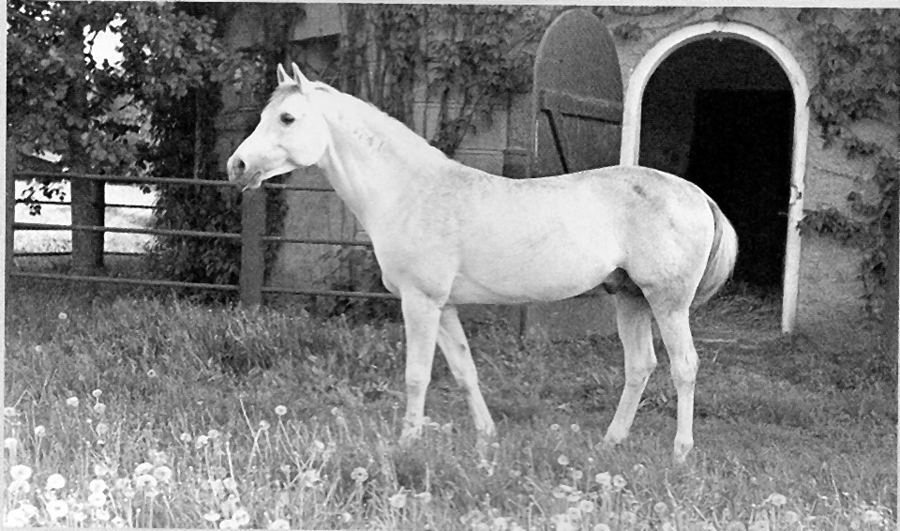 Fetysz in his paddock at Trakehnen. Menzendorf photo.
Fetysz in his paddock at Trakehnen. Menzendorf photo.
But there’s more. Though listed in the army inventory, the white stallion remained General Patton’s personal property, and clearly meant something to him. Patton took him along when he assumed the post of Military Governor in Bavaria. After the general’s death in December 1945, ownership reverted to the U.S. Army and for thenext few years passed from one regiment to the next as they were dissolved one after the other. Finally, in 1952, the stallion – whose name is now listed as "Feetiez"(!) –was given into the care of an unnamed private owner in Germany. He died of natural causes in 1961, at the grand age of 37.
While there is no absolute proof that this horse was Fetysz, the evidence is compelling. The story also raises a whole lot of new questions. General Patton is recorded to have mentioned more than once that he owned a white “Trakehner“ stallion, which suggests he was not aware of the horse’s identity, or even that it was an Arabian. He must have valued him, though, or he would not have taken him along to Bavaria.
Would it have made any difference if he had known? Imagine for one moment he had. What if, instead of keeping the horse close to him for whatever personal reasons, he had sent him back to the U.S. with the other captured Polish Arabians? What impact might he have had on U.S. Arabian breeding?
We will never know the answers. What we do know is that the great horse may well have survived and lived out his very long life in peace, receiving the best of care. His legacy, both in the Arabian and the Trakehner breed, lives on.
Click here to read more about the influence of the Arabian stallion Fetysz on the Trakehner breed.


